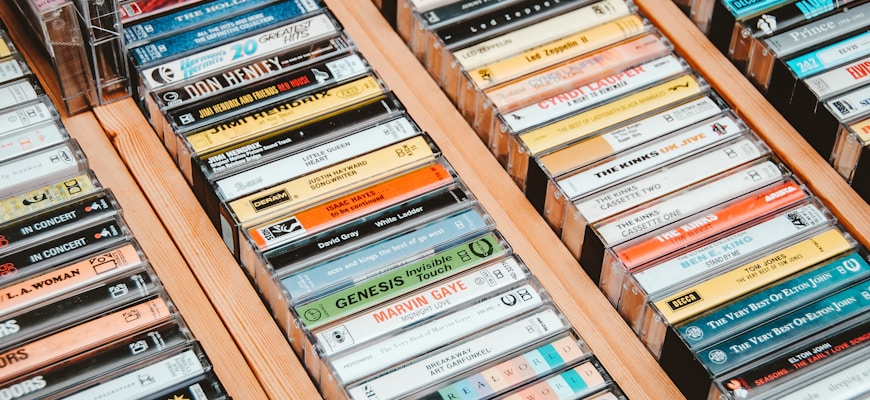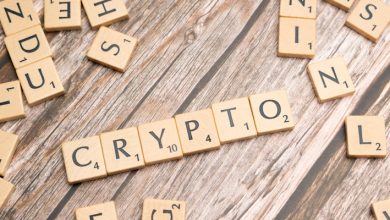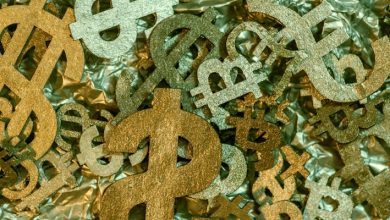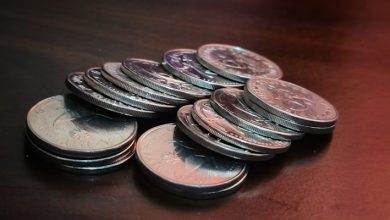NFTs for Beginners: What You Need to Know About Digital Collectibles

- Understanding NFTs: A Beginner’s Guide
- The Basics of Digital Collectibles
- How NFTs Are Revolutionizing the Art World
- A Step-by-Step Guide to Buying NFTs
- The Future of Collecting: NFTs Explained
- Navigating the World of Non-Fungible Tokens
Understanding NFTs: A Beginner’s Guide
NFTs, or Non-Fungible Tokens, are digital assets that represent ownership or proof of authenticity of a unique item or piece of content using blockchain technology. This means that each NFT is one-of-a-kind and cannot be replicated or exchanged for something else like cryptocurrencies such as Bitcoin or Ethereum. NFTs have gained popularity in recent years, especially in the world of digital art, collectibles, and virtual real estate.
Unlike physical collectibles, NFTs exist entirely in digital form, allowing creators to tokenize their work and sell it as a unique piece of art or collectible. This has opened up new opportunities for artists, musicians, and other creators to monetize their work in a decentralized and transparent way. NFTs can take many forms, including images, videos, music, and even virtual real estate in online games.
One of the key features of NFTs is their ability to be bought, sold, and traded on various online marketplaces. These marketplaces use blockchain technology to ensure the authenticity and ownership of each NFT, making it easy for collectors to buy and sell digital assets securely. Some popular NFT marketplaces include OpenSea, Rarible, and Foundation, where users can browse, buy, and sell a wide range of digital collectibles.
When you purchase an NFT, you are not buying the content itself, but rather a token that represents ownership of that content. This token is stored on the blockchain, a decentralized and tamper-proof ledger that records all transactions related to the NFT. As the owner of an NFT, you have the right to transfer or sell it to another party, much like you would with a physical collectible.
Overall, NFTs are a fascinating new technology that is revolutionizing the way we think about ownership and authenticity in the digital world. Whether you’re an artist looking to tokenize your work or a collector interested in investing in digital collectibles, understanding NFTs is essential to navigating this exciting new frontier of digital assets.
The Basics of Digital Collectibles
Digital collectibles, also known as non-fungible tokens (NFTs), have gained popularity in recent years as a new way to buy and sell unique items in the digital world. These digital assets are stored on a blockchain, which ensures their authenticity and scarcity. NFTs can represent anything from art to music to virtual real estate, and each one is unique, making them highly sought after by collectors.
When it comes to understanding the basics of digital collectibles, it’s important to know that each NFT is one-of-a-kind and cannot be replicated or replaced. This uniqueness is what gives NFTs their value and makes them so desirable to collectors. Additionally, NFTs are bought and sold using cryptocurrency, such as Ethereum, which adds an extra layer of security and transparency to the transaction process.
One key aspect of digital collectibles is that they can be easily bought, sold, and traded online through various NFT marketplaces. These platforms allow collectors to browse a wide range of digital assets, place bids on items they are interested in, and complete transactions securely. Some popular NFT marketplaces include OpenSea, Rarible, and Foundation, where users can discover new digital collectibles and connect with other collectors.
Overall, digital collectibles offer a unique and exciting way to own and trade rare items in the digital space. With their growing popularity and potential for high returns, NFTs have become a hot topic among collectors and investors alike. Whether you’re looking to buy your first NFT or expand your digital collection, understanding the basics of digital collectibles is essential for navigating this new and innovative market.
How NFTs Are Revolutionizing the Art World
NFTs have been making waves in the art world in recent years, revolutionizing the way artists create, sell, and collect digital art. Non-fungible tokens (NFTs) are unique digital assets that are used to represent ownership of a specific piece of art or collectible. Unlike physical art, which can be replicated or forged, NFTs are secured using blockchain technology, making them tamper-proof and easily verifiable.
One of the key ways in which NFTs are changing the art world is by providing artists with a new way to monetize their work. By tokenizing their art, artists can sell digital copies of their pieces as NFTs, allowing them to reach a global audience of collectors and fans. This has opened up new revenue streams for artists, who can now sell their work directly to buyers without the need for a middleman.
Furthermore, NFTs have also democratized the art world by making it more accessible to a wider range of artists and collectors. Unlike traditional art markets, which can be exclusive and difficult to break into, NFT marketplaces offer a level playing field for artists of all backgrounds to showcase and sell their work. This has led to a surge in interest in digital art, with collectors and investors alike flocking to NFT platforms to discover and purchase unique pieces.
A Step-by-Step Guide to Buying NFTs
When it comes to buying NFTs, it’s essential to follow a step-by-step guide to ensure a smooth and successful transaction. Here are the key steps to keep in mind:
- Research: Before diving into the world of NFTs, take the time to research and educate yourself on what they are and how they work. Understand the different platforms and marketplaces where NFTs are bought and sold.
- Choose a Wallet: To buy an NFT, you’ll need a digital wallet to store your digital assets securely. Make sure to choose a wallet that is compatible with the platform you plan to use for buying NFTs.
- Find a Marketplace: Once you have your wallet set up, it’s time to find a marketplace where you can browse and purchase NFTs. Popular platforms include OpenSea, Rarible, and Foundation.
- Connect Your Wallet: To make a purchase on an NFT marketplace, you’ll need to connect your digital wallet. Follow the platform’s instructions on how to connect your wallet to start buying NFTs.
- Browse and Bid: Once your wallet is connected, you can start browsing through the available NFTs. When you find one you like, you can place a bid or make a direct purchase, depending on the seller’s preferences.
- Complete the Transaction: If your bid is accepted or you choose to make a direct purchase, follow the platform’s instructions to complete the transaction. Make sure to double-check all details before finalizing the purchase.
- Transfer Your NFT: After completing the transaction, the NFT will be transferred to your digital wallet. You can now view, showcase, or even resell your digital collectible as you see fit.
The Future of Collecting: NFTs Explained
NFTs, or non-fungible tokens, are revolutionizing the way we collect and own digital assets. Unlike cryptocurrencies such as Bitcoin or Ethereum, NFTs are unique digital tokens that represent ownership of a specific item or piece of content. This can range from digital art, music, videos, virtual real estate, or even tweets. NFTs use blockchain technology to verify authenticity and ownership, making them valuable collectibles in the digital world.
As the popularity of NFTs continues to grow, many are wondering what the future holds for this new form of collecting. Some experts believe that NFTs could disrupt traditional art markets, allowing artists to sell their work directly to collectors without the need for galleries or auction houses. In addition, NFTs open up new possibilities for creators to monetize their digital content and engage with fans in innovative ways.
However, there are also concerns about the environmental impact of NFTs, as they require a significant amount of energy to mint and trade on the blockchain. As the technology evolves, there is a push to find more sustainable solutions that reduce the carbon footprint of NFTs. Despite these challenges, the future of collecting with NFTs looks promising, with more people embracing digital ownership and unique digital assets.
Navigating the World of Non-Fungible Tokens
Navigating the world of non-fungible tokens can be a daunting task for beginners. NFTs have gained popularity in recent years as a new form of digital collectibles. These unique tokens are built on blockchain technology, making them one-of-a-kind and easily verifiable.
When delving into the world of NFTs, it’s essential to understand the basics. Unlike cryptocurrencies such as Bitcoin or Ethereum, NFTs are indivisible and cannot be exchanged on a like-for-like basis. Each NFT has its own distinct value and cannot be replicated.
To start your journey into the world of NFTs, it’s crucial to choose a reputable marketplace to buy, sell, and trade these digital assets. Popular platforms like OpenSea, Rarible, and Foundation offer a wide range of NFTs from digital art to virtual real estate. Researching and understanding the marketplace’s fees, terms, and conditions is essential before making any transactions.
As a beginner in the NFT space, it’s also important to educate yourself on the different types of NFTs available. From art and music to virtual real estate and gaming assets, there is a wide variety of digital collectibles to explore. Finding a niche that interests you can help narrow down your search for the perfect NFT to add to your collection.
Lastly, staying informed about the latest trends and developments in the NFT space is crucial for success. By following industry news, attending virtual events, and networking with other collectors, you can stay ahead of the curve and make informed decisions when navigating the world of non-fungible tokens.



